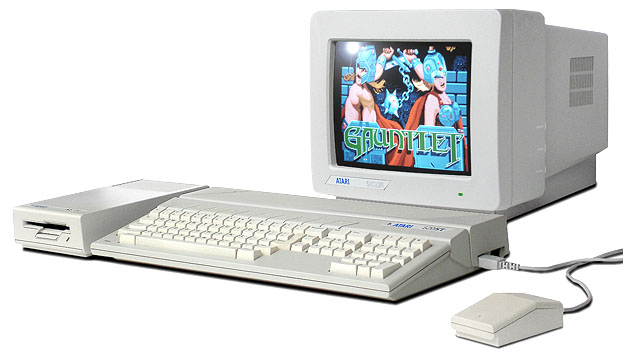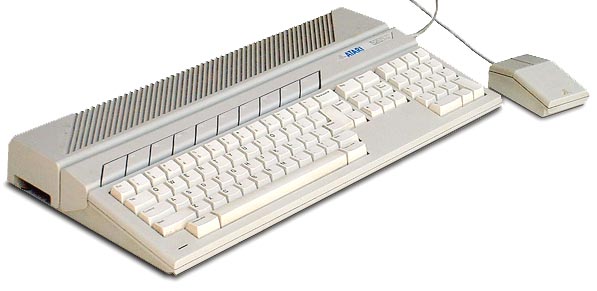|
|---|
Partial History of the Atari Computers |
- 196?: As an engineering student at the University of Utah, Nolan Bushnell liked to sneak into the computer labs
late at night to play computer games on the university's $7 million mainframes.
- 1972: Bushnell founded Atari with $250 of his own money and another
$250 from business partner Ted Dabney. They then created and commercialized the world's first
commercial video game, Pong. Bushnell was 27 years old.
- 1976: Warner Communications buys Atari from Bushnell for $28 million.
- 1977: Atari introduces the Atari Video Computer System (VCS), later renamed the Atari 2600
- 1978: December - Atari announces the Atari 400 and 800 personal computers.
- 1979: October - Atari begins shipping the Atari 400 and Atari 800 personal computers.
- 1979: December - Atari produces the first coin-operated Asteroids game machine.
- 1981: May - Atari announces the 8KB Atari 400 is being discontinued.
- 1982: January - Atari begins shipping all Atari 800 units with GTIA graphics chips, allowing three
more graphics modes than previously.
- 1982: December - Atari issues a US$55 rebate on the Atari 400, dropping its retail price to under US$200.
- 1983: January - Atari introduces the 1200XL home computer.
- 1983: May - Atari offers a US$100 rebate on the Atari 800, bringing its retail price to below US$400.
- 1983: June - Atari introduces the Atari 600 XL.
- 1983: June - Atari introduces the Atari 800 XL, with 64 KB RAM.
- 1983: June - Atari introduces the Atari 1450 XL, with built-in 300 bps modem.
- 1983: June - Atari introduces the Atari 1450 XLD, with built-in 300 bps modem and disk drive.
- 1983: October - Atari begins shipping its XL computers.
- 1983: - Atari cancels production of the Atari 1200XL, due to compatibility and other problems.
- 1984: July - Jack Tramiel, President of Commodore International, leaves Commodore in January and buys Atari.
- 1984: - Atari introduces the Atari 7800 ProSystem.
- 1985: January - Atari introduces the 65XE, for US$120.
- 1985: Atari introduces the 130XE, with 128KB RAM.
- 1985: Atari introduces the 130ST for US$400.
- 1985: Atari introduces the 520ST for US$600.
- 1987: January - At the Winter CES, Atari announces a US$1500 laser printer.
- 1988: September - Atari introduces the Atari TT.
- 1989: - Atari Computer introduces the Portfolio, a 1-pound DOS-based PC, which runs on three AA batteries. Price: US$400
Source:
Chronology of Events in the History of Microcomputers
| |
|---|
|



